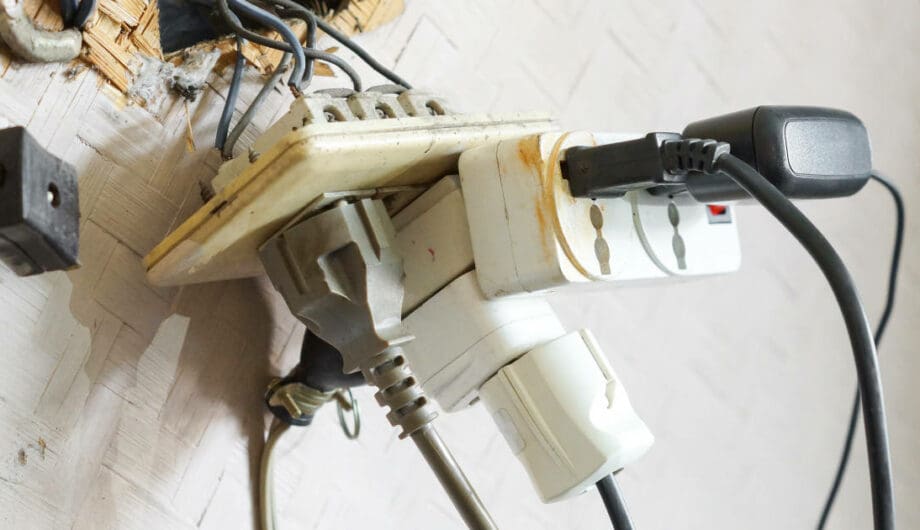
You’ve got a new site and you’re ready to use it. Hooray! And you might need a new plugin to do what you need to do. Did you know that there are over 50,000 WordPress plugins in the repository? And that’s only counting free ones available, not counting the myriad of premium, paid plugins that you can find all over. That’s a lot of plugins to sort through. Unfortunately, not all of them are great or even advisable. So it’s super important to learn how to choose and evaluate a plugin so you don’t break your site or create a security risk.
We’ve been doing this for a long time, so we have a core suite of plugins, both free and paid, we use on most sites that are tried and true, tested and supported. But there may come a time that you need something different that we didn’t install.
How do you know if a plugin is good? Tips for evaluating.
- Check the number of active installations. When you look at any plugin in the repository, it’ll tell you how many sites have that plugin installed. The more people who are using it, the bigger the likelihood that it’s a good plugin.
- Check out the version history. Is the plugin brand new? Has it been around for a while? Has it be updated a number of times? A new plugin may not be bad, but one that’s been around has been tried and tested more.
- Look at the last update. How recently was it updated. If it’s been more a while, then you may want to skip it. If it’s been more than a year or two, there’s a good chance you shouldn’t use it. No updates can mean that the plugin is no longer being maintained. If there’s a history of updates, that’s a good indication that the developer is maintaining and updating the plugin. You want to avoid defunct or unsupported plugins.
- Read the documentation. Are there detailed instructions on how to install and configure the plugin? Most good plugins will have thorough documentation that details about how to use it. If there’s a link to the developer’s website, click through and check them out.
- Check the Support tab. Are there are a lot of support requests? And more importantly, have they been resolved and responded to? It’s a red flag if there are a lot of support requests with no responses.
- Read reviews. How many stars does it have? Are there good reviews? Are there bad reviews? Not all reviews are fair and angry people leave angry reviews, but if there are a lot of bad reviews, that might be something to consider.
What next?
If you’ve been through all these steps and the plugin looks good, what should you do next? I always recommend testing the plugin in a test environment if at all possible. You can use your existing staging server or install it on a local copy or blank WordPress install. I like to use Local by FlyWheel for my testing. It’s easy to install and set up a test WordPress install that you can use for testing and evaluating plugins.
If you don’t have a staging server or local environment, at the very least make a complete backup of your site before you activate and configure the plugin.
Tried and True Plugins
There are many good, solid, reputable plugins that pass these tests and we use on many sites. Here are a few we like:
- Akismet
- Jetpack
- Yoast SEO
- WooCommerce
- iThemes Security
- Regenerate Thumbnails
- Advanced Custom Fields
- The Events Calendar
- AddToAny Share Butttons
- User Role Editor
- PODS
- Better Search and Replace
These are just a FEW examples of plugins we routinely use, but keep in mind that any plugin could have a conflict with your host, your theme or other plugins.
Amy Masson
Amy is the co-owner, developer, and website strategist for Sumy Designs. She's been making websites with WordPress since 2006 and is passionate about making sure websites are as functional as they are beautiful.

one of the imp. point is to look at version compatibility of plugins too.